I have a two-word question I use for evaluating marketing tactics and it applies especially well to digital activism. When you’re crafting a headline, posting on social media, designing a mailer, writing a speech, crafting your elevator pitch, or just having a conversation with someone, there’s a simple but powerful question you can ask yourself that will make a profound difference in what you say and what you do.
“So what?”
It’s crucial that when you ask that question, you do so from the point of view of the customer or constituent. It’s also important that you’re brutally honest with yourself. Beware. Your brain will play tricks on you to rationalize the answer you want to hear instead of the answer you don’t want to hear. If you’re a parent, you experienced this to the point of exhaustion when your kids were young and they’d chain-question you with one “Why?” after another until you eventually ended at either “I don’t know,” or “Because.” As a parent, that would usually mean your toddler has taken you so far down a rabbit hole that you’ve hit the boundaries of your knowledge of physics or metaphysics. But in our case, those are not acceptable answers.
It’s Not About You
Before we go any further, let’s take a moment to remember the key to crafting a persuasive story is using the human action model framework. As a quick refresher, the Human Action Model is my personal favorite and go-to framework for crafting content. It’s derived from Human Action: A Treatise on Economics by the Austrian economist and philosopher Ludwig von Mises. It states that human action is guided by self-interest in pursuit of a state superior to the status quo.
The Human Action model has three key components:
- A sense of unease
- A shared vision of a better future
- A path to get there
Your political campaign or activism goal isn’t about how awesome you are or how hard you’re working. It’s about convincing someone that you’re going to help get them to a better place.
“So what?”
Let me attempt to drive this point home with some examples:
- “It was a beautiful day for knocking doors in my district! Loved meeting my constituents.”
So what? Why should I care and how does that make my life any better? - “Had a great time with a bunch of rich people at this exclusive fundraiser last night!”
So what? Why should I care and how does that make my life any better? - “I’ve been endorsed by a bunch of people you’ve never met and have never done a damn thing to help you.”
So what? Why should I care and how does that make my life any better?
Those are some of the most common examples I see on a regular basis and they’re the most irritating to me. There are some other examples that fall more into a middle gray area:
- “Here’s a list of five reasons why I’m the right person for the job.”
So what? I’m glad you’re competent but what job are you going to do exactly? - “Here are a bunch of awesome things I’ve accomplished.”
So what? What have you done for me lately? - “These are the ideas I believe in.”
So what? I believe in those things, too, but how does that make my life better?
In these examples, some of those statements help to build trust, so they’re not entirely useless. However, alone they aren’t enough to show people how you will get them from point A to point B. Point A is the uncomfortable place they are right now and point B is the place they would rather be. I would argue that some of the statements from the previous list only remind a person that they’re at point A.
Now What?
OK, if you’re still with me and you buy into my thesis, what do you do? Of course, this doesn’t mean you shouldn’t knock on doors or attend fundraisers. Those things are very important. It means that you need to be more purposeful in the content and messages you share with the people you’re trying to persuade.
For a deeper dive on how to craft your message, check out my blog post about How to Craft a Persuasive Message.

